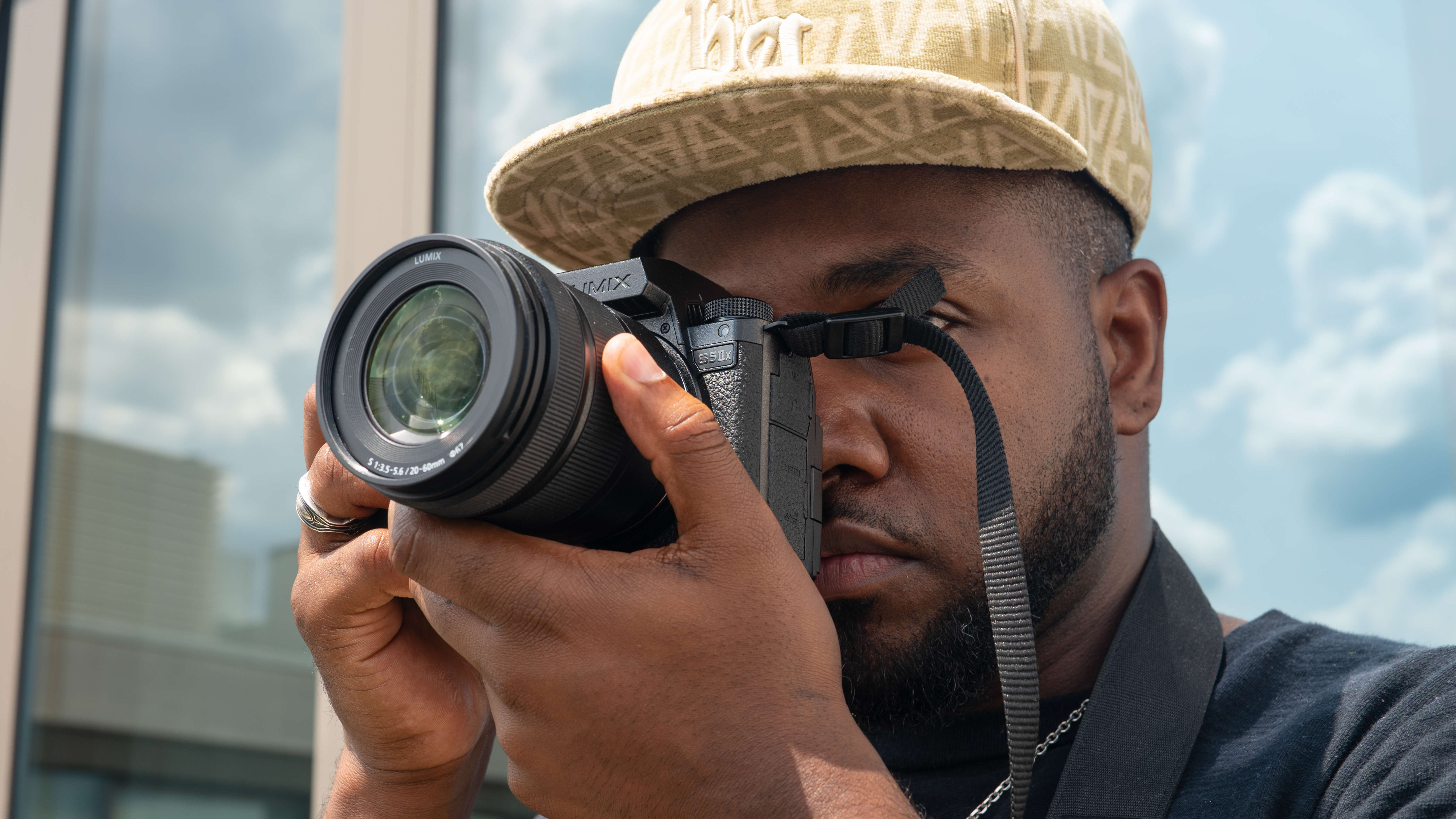
You saw the announcement and release of the Panasonic Lumix S5II and you’ve waited to pull the trigger because the Lumix S5II X caught your eye. So you want to know if the wait was worth it? Well, in this review, I’ll be aiming to answer your questions thoroughly, having tested both cameras for the past few months now.
It’s unusual for a camera company to announce a variant model that will come to market some months later with external and performance differences. But keen to avoid a repeat of its misstep; revealing the Lumix GH5 II alongside a development announcement of the Lumix GH6, its successor, Lumix appears to have learned its lesson. The S5II X and S5II were announced in tandem, with only the inclusion of the S5II X’s compatibility with the popular recording format Blackmagic B-RAW kept secret until it was available to order in early May.
Offering RAW video alone would make the S5II X quite niche, but its additional features don’t stop there. You might expect a twin release like this to see compromises made to both models in order to avoid cannibalizing sales, but this camera retains everything the S5II has, plus extras. If you’re a creator considering your next camera, does the S5II X make a compelling enough case for itself to justify the extra spend? Let’s get into it.
• Panasonic Lumix S5 II vs S5 IIX: check out the key differences
Panasonic Lumix S5 IIX: specifications

Sensor: 24.2MP CMOS sensor without Low Pass Filter
Image processor: Co-developed with L2 Technology
AF points: 779-point Phase Hybrid AF
Dual Native ISO: Auto/Low/High
ISO range: ISO100-51200
Max image size: 6000x4000L (RAW, JPEG), 96MP High Resolution Mode (RAW, JPEG)
Metering modes: 1728-zone multi-pattern sensing system, centre-weighted, spot
Video: 6K (Full-sensor readout)/29.97/25/24/23.98p, 5.9K/29.97/25/24/23.98p, C4K/60/50/30/24p
SSD Recording
Apple ProRes
External Apple ProRes RAW and Blackmagic B-RAW Recording
HFR: C4K/47.95/48p, 4K/47.95/48p, 3.3K/47.95/48p, FHD/180/120/100/60/30/24p
Viewfinder: EVF, 3.68m dots
Memory card: 2 x SD/SDHC/SDXC UHS-II
LCD: 3-inch vari-angle touchscreen, 1.84m dots
Max burst: 30fps (electronic shutter), 7 fps with AF-C (mechanical shutter)
Connectivity: Wi-Fi, Bluetooth
Size: 134.3 x 102.3 x 90.1 mm
Weight: 740g (Body Hot Shoe Cover, Battery, Card x 1)
Panasonic Lumix S5 IIX: key features
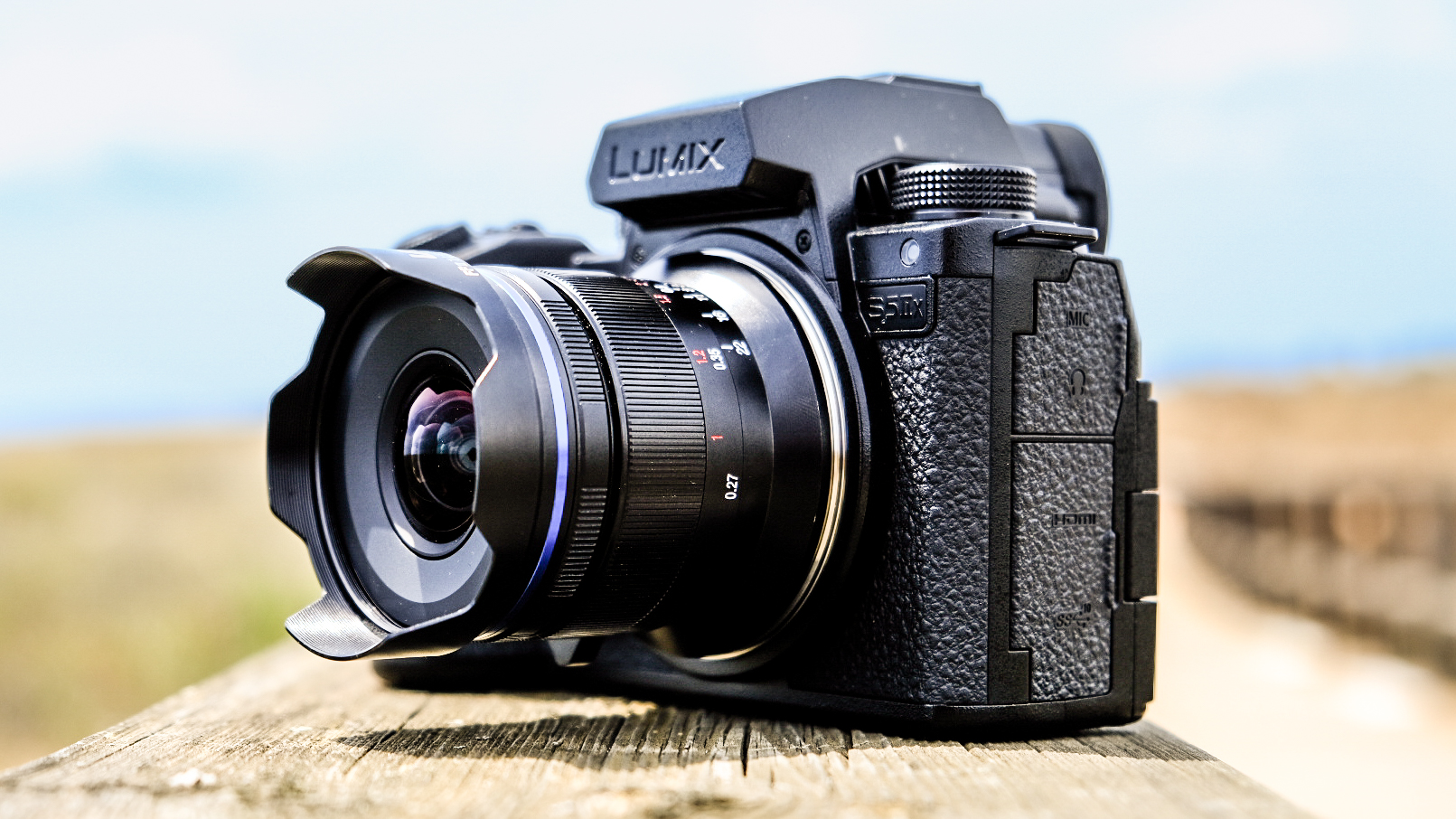
The 24.2MP full-frame CMOS sensor and processor of the S5IIX were newly developed to deliver faster readout speeds vs the S5 and enable hybrid phase detection autofocus, without compromising on image quality. Incorporating PDAF and boasting an impressive 779-AF points, the S5II X sees a generational leap in AF performance over its predecessors. It also jumps Lumix up in the rankings for best autofocusing cameras available right now. While Lumix’ previous DFD-only contrast-based AF lagged behind the pack, hybrid PDAF in the S5II/S5IIX is in the mix to be considered among the most capable systems available in this price range, behind Sony’s best-in-class AF system.
Image stabilization has been a staple strength of Lumix cameras since the release of the GH5 and the S5II X raises the bar further still with the inclusion of Active I.S.. Utilizing a combination of upgraded hardware and more intuitive algorithms, the S5IIX anticipates and counteracts the movements associated with walking and holding telephoto lenses. This delivers smoother footage when filming while walking and allows you to handhold shots with uncanny levels of stability. When combined with a compatible lens, like the Lumix S 24-105, which has stabilization built into it, the S5II X can offer up to 6.5 stops of correction.
The Lumix S5 IIX is armed with an extensive list of recording format options, all with 10-bit color. It also provides a choice in compression formats, offering 4:2:2 10-bit ALL-Intra recording, alongside LongGOP at every resolution up to Cinema 4K. Beyond C4K, you’re restricted to 4:2:0 10-bit LongGOP only. Should you want to capture more data, you can record your videos in Apple ProRes 422 HQ (max 1.9Gbps) to SSD as well as RAW video to an external record such as an Atomos Ninja or the Blackmagic Video Assist.
Streaming functionality is one of the differentiating features between S5II and S5II X. The S5 IIX can be used to go live any time, any place you can connect to the internet. It can stream wired and wirelessly, via the Lumix sync app or directly to compatible platforms over Wi-Fi. It can even stream up to 4K/60p over a Wired Lan connection, while Wi-Fi streaming maxes out at FHD/60p. Removing the need for a capture card in most situations, the streaming menu of the S5II X is a great addition, although I feel like the S5II should have had the same functionality. Streaming is becoming increasingly standard, even at much lower price points, so it’s a shame this was an exclusive function.
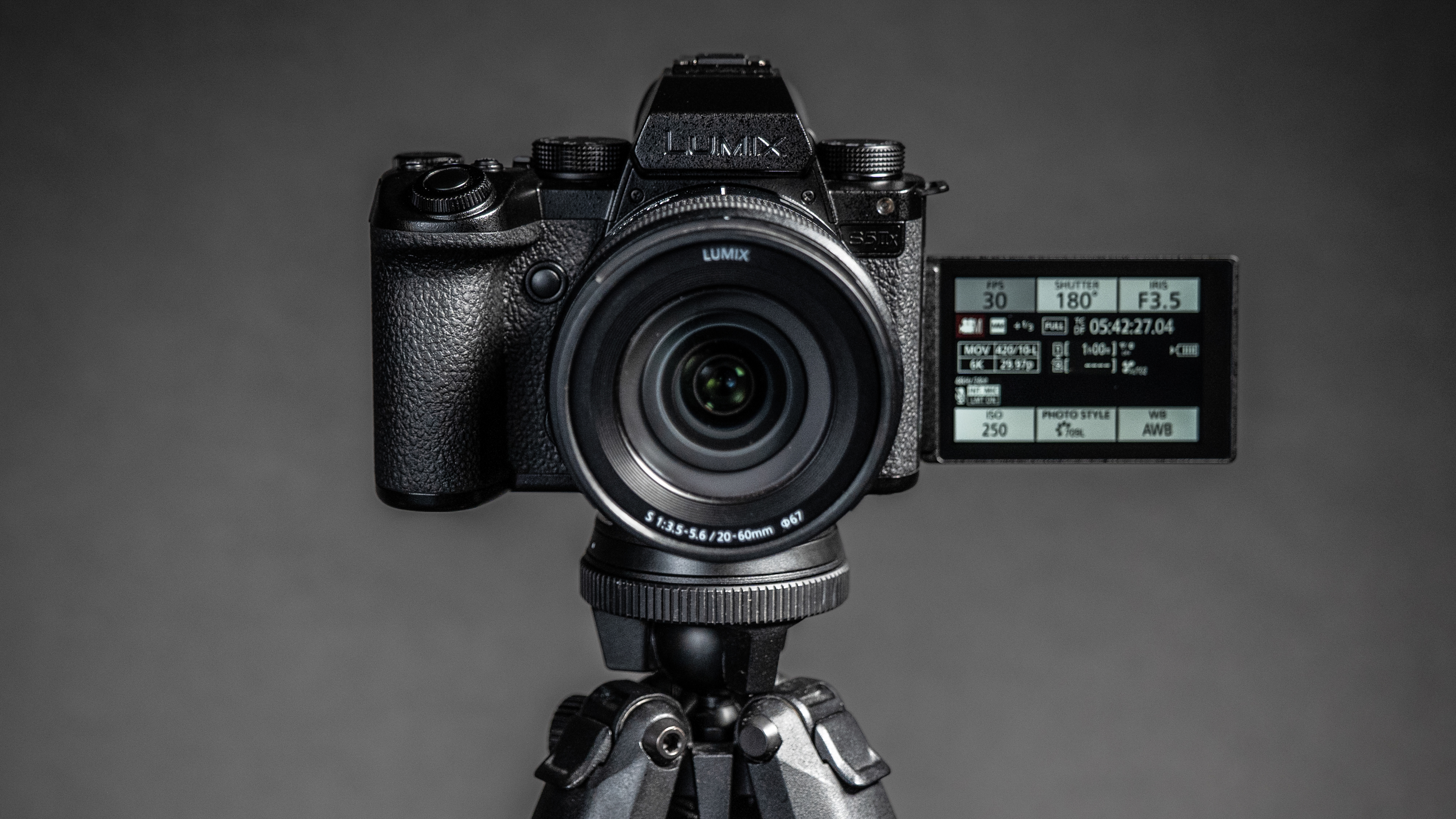
In Slow & Quick mode, you can capture up to 120fps at FHD resolution. But it’s a shame 4K/120p wasn’t included here, even with a crop. It’s a frame rate and resolution combination that is becoming standard at around this price point. We accept that it’s technically tougher to achieve with a full-frame sensor readout, but given what else this camera is capable of, it’s hard to imagine it wasn’t possible, even with some slight limitations. The same could be said for its 4K/60p recording format, which comes with a slight crop. It can be counteracted by using wider lenses, but if you’re shooting something fixed, a forced crop can be problematic. Interestingly in some circumstances cropping into APS-C can be a benefit, for example if you want to get closer to some action, but don’t quite have the focal length needed. Sometimes that slight punch-in can be helpful. The issue is, it’s not our choice as creators, it’s a quirk that we have to work with. For that reason, it may be frustrating for some that 4K/60p without a crop wasn’t achieved here.
There are no compromises when it comes to photography however, the S5II X is an excellent camera for stills. Unlike some other cameras aimed at video creators, the S5II X provides a native photography shooting experience, thanks to its 3.68-million dot electronic viewfinder and ergonomic design. In terms of continuous shooting, you have the option of up to 9fps in mechanical shutter or up to 30fps with focusing in eShutter mode. Its buffer is also rated for 200 frames of RAW+JPEG before slowing down as well, more than enough frames for capturing most action sequences. Other photography feature highlights include its Time Lapse/Animation assist functions, High Resolution Mode, and the return of Live View Composite Mode. High res mode uses the sensor stabilization motors to rapidly shift its pixels, generating a 96MP image. And Live View Composite lets you effectively stack exposures with the camera only registering changes in the brightness of light, ideal for astro imaging and light painting for example.
Panasonic Lumix S5 IIX: Build & handling
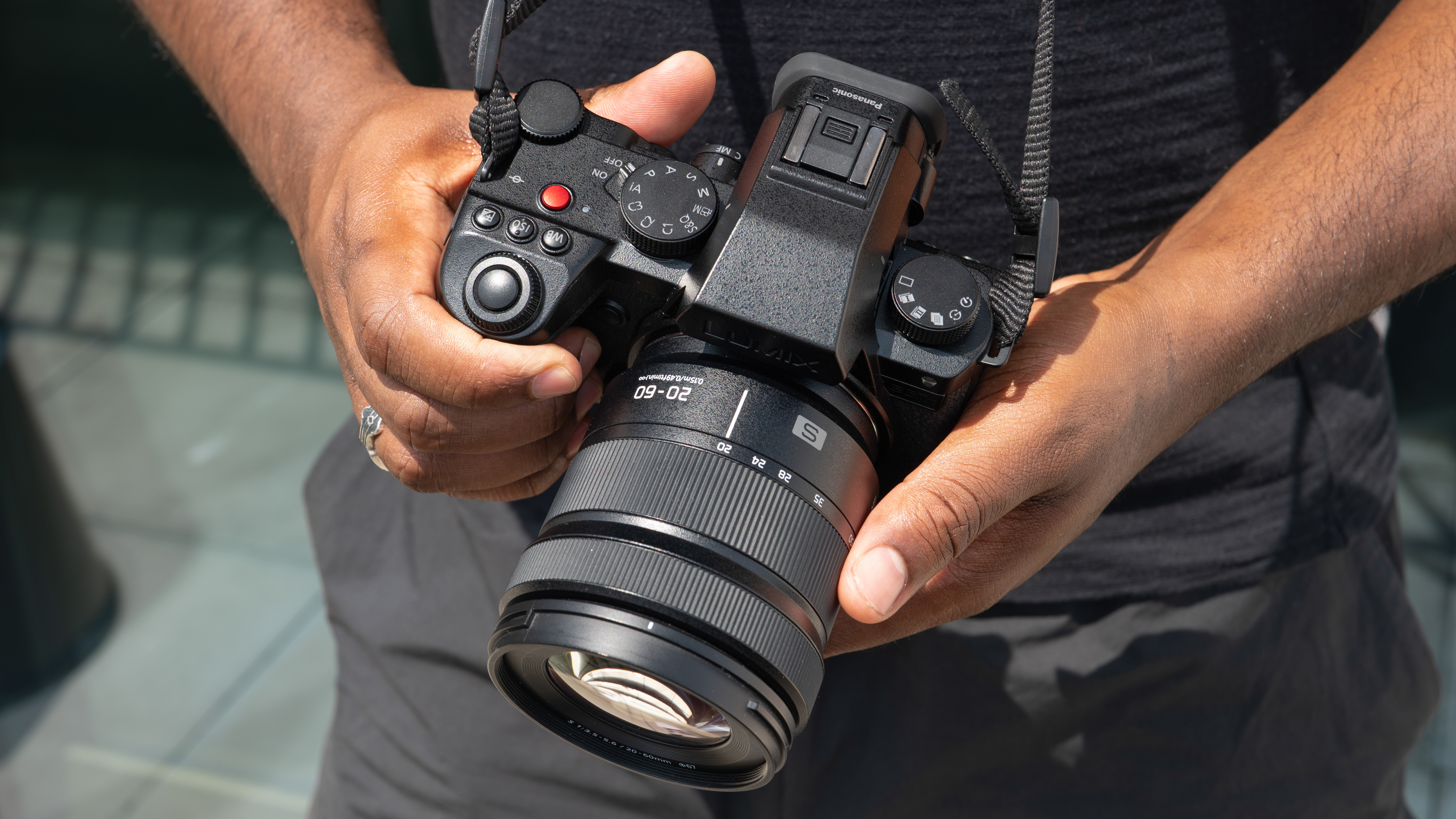
Lumix menus are logical to navigate and the camera has enough customizable function buttons to limit menu-diving expeditions. Everything you need regularly is at your fingertips except for the USB-C SSD recording option, which is buried in the setup menu. Inexplicably, there’s also no option to add it to shortcuts at the time of writing. That aside, the S5II X is easy to get comfortable with, even for someone who’s never used a Lumix before.
The body of the camera is built around a full magnesium alloy frame, ensuring that it’s tough enough to handle regular professional use. And thanks to its dust and weather resistance, it’s also a camera you can use with confidence in most conditions. What’s most surprising is that the S5II X can be used in direct rain, despite the fact that it has open vents, which form part of its active cooling system. Another remarkable thing about the cooling system is that it doesn’t add a huge amount of size to the body, making the new S5II and S5II X appear similar in size to their predecessor and weighing only 26g more. The added weight and extra millimetres in size are a fair trade for this camera’s capabilities and unlimited video recording times at all resolutions.
The S5II X also has a 3-inch articulated screen, which makes shooting at creative angles and self-recording easier. It’s a bright display that can be seen in direct sunlight and dimmed so as not to be too distracting in low-light scenarios. However, it’s only 1.84-million dots in resolution and its full rotational range of motion is blocked by connected cables when flipped out. Speaking of cables, the S5IIX has a full-sized HDMI and USB-C 3.2 that offers power delivery as well as data transfer for SSD recording and live streaming.
Panasonic Lumix S5 IIX: Performance

The Lumix S5II X is a fantastic all-round camera that delivers solid performance whether you’re shooting portraits and products in a studio, exploring the wilderness or cities or capturing events.
The focusing performance of the S5II X can take some adjustment if you’re coming from a different system. For most situations, it works excellently, but I have noticed that situations with many people in frame can trip it up occasionally. It seems so eager to keep people in focus that it will be drawn to the backs of heads, even when you’ve set it to face/eye priority. This tendency can be mitigated, by lowering the AF sensitivity, but it’s an area I expect to see improvements coming to via firmware. The good thing is, Panasonic is swift and consistent when it comes to tweaking performance over time through updates, which would give me confidence as a potential owner of this camera. It’s already had an update since its launch in May.
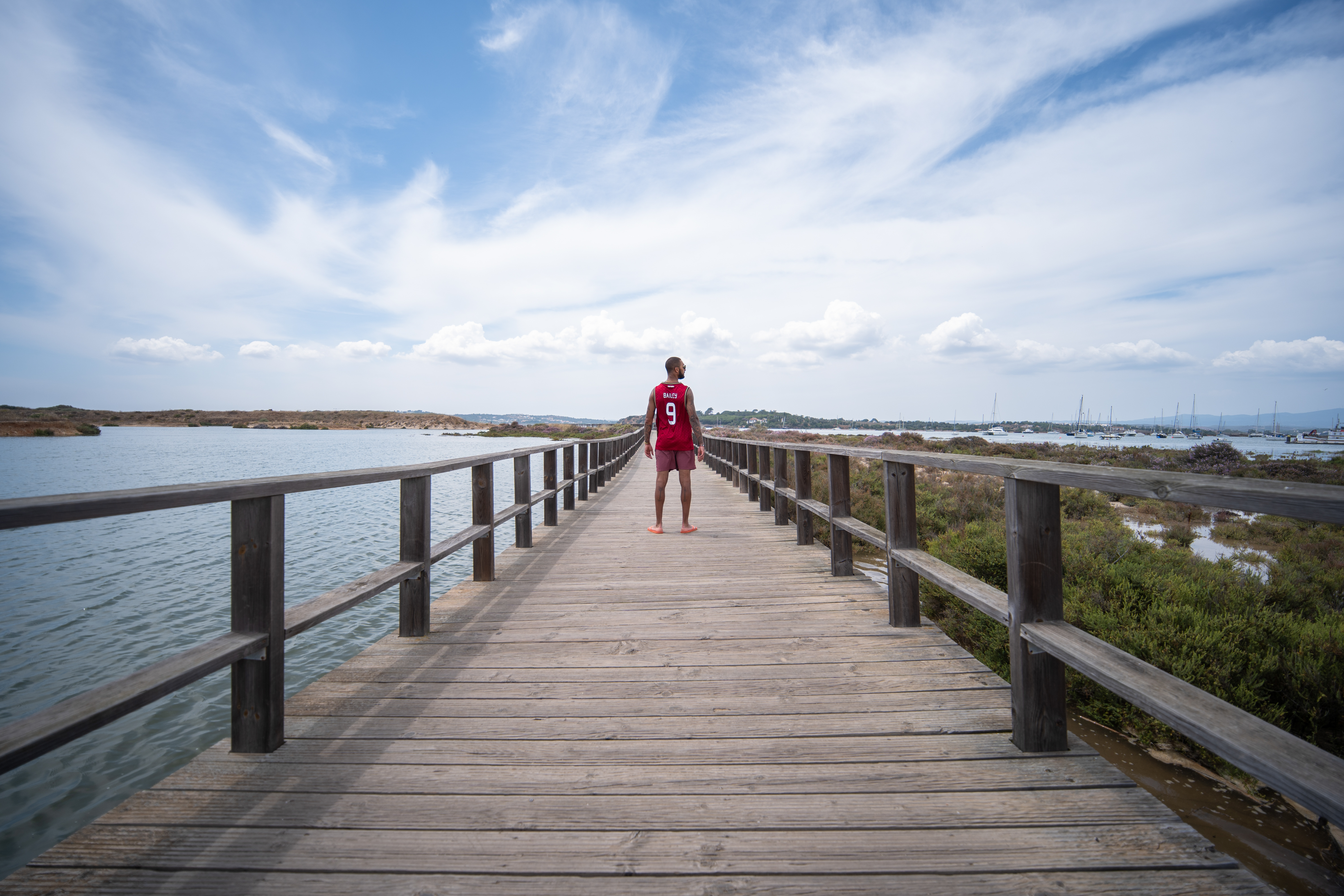
Analyzing photos and videos from this camera, I was most struck by the amount of data it retains in the shadows and highlights. Thanks to its dual native ISO of 100 and 640 (Normal) and 640/4000 when shooting in V-Log, the S5 IIX can deliver clean frames in dark and low ambient light situations. When needed, ISO12,800 can still deliver usable results, but this camera’s sensitivity can be extended all the way to ISO 204,800. Rated to deliver 14-stops of dynamic range in ideal conditions, this is a camera that offers a healthy amount of flexibility, even when shooting in compressed formats. But if you shoot RAW stills or ProRes / Raw video, you will be able to recover exposure mistakes easily as well as fully express your creativity, if heavy color grading is a necessary requirement for you. It takes extreme corrections for the images out of the S5II X to break down.

Out of the camera, well-exposed shots tend to be a touch undersaturated, but this may be to some people’s tastes. I prefer a more faithful/neutral approach, which is why Lumix color science appeals to my eye. I haven’t noticed any particular color biases, while skin tones look natural and healthy, landscapes and cityscapes can do with a slight push around the center of the exposure curve.



For video, I tend to shoot mostly within the Like709 color profile, as that gives me a consistent look in terms of contrast and colour in most shooting scenarios. But another great feature of the S5II and S5IIX is the ability to load LUTs into the camera and actually record your videos and photos with your own specific look. RealTime LUT can be a decent time saver for some people, especially those who shoot in their own environment with the same lighting setup and just want their finished look captured in camera. You can also preview LUTs, with V-log view assist, so you can capture your content flat, while previewing what it will look like with your look-up table of choice.
There are a host of other video assist features in Lumix cameras, not specific to the S5II X, which is a strength of this system. Including professionally recognized tools such as waveform monitoring, anamorphic lens de-squeezing in camera, luminance spot metering, histogram, and more, make these cameras ideal for video creators.
Given everything it can do, it’s probably no surprise that the battery is the only real pain point here when shooting video or a mix of photos and video. An hour and a half of shooting 6K/30p or 4K/60p will have you checking your monitor anxiously. Covering a 4-hour event, I find myself going through at least two-three batteries. But the upside is, it uses the same 2,200mAh/7.2V BLK-22 battery as the GH6 and original S5, so they’re widely available and relatively affordable. I’d recommend buying two more along with the one that comes in the box to keep you covered for most situations. You can also power the camera via a power bank, so you have that option too at a pinch.
Panasonic Lumix S5 IIX: Lab tests
We have not yet been able to get the Panasonic Lumix S5 IIX into our laboratory for testing, so will update this review with our charts and findings when we have been able to do this.
Panasonic Lumix S5 IIX: Verdict
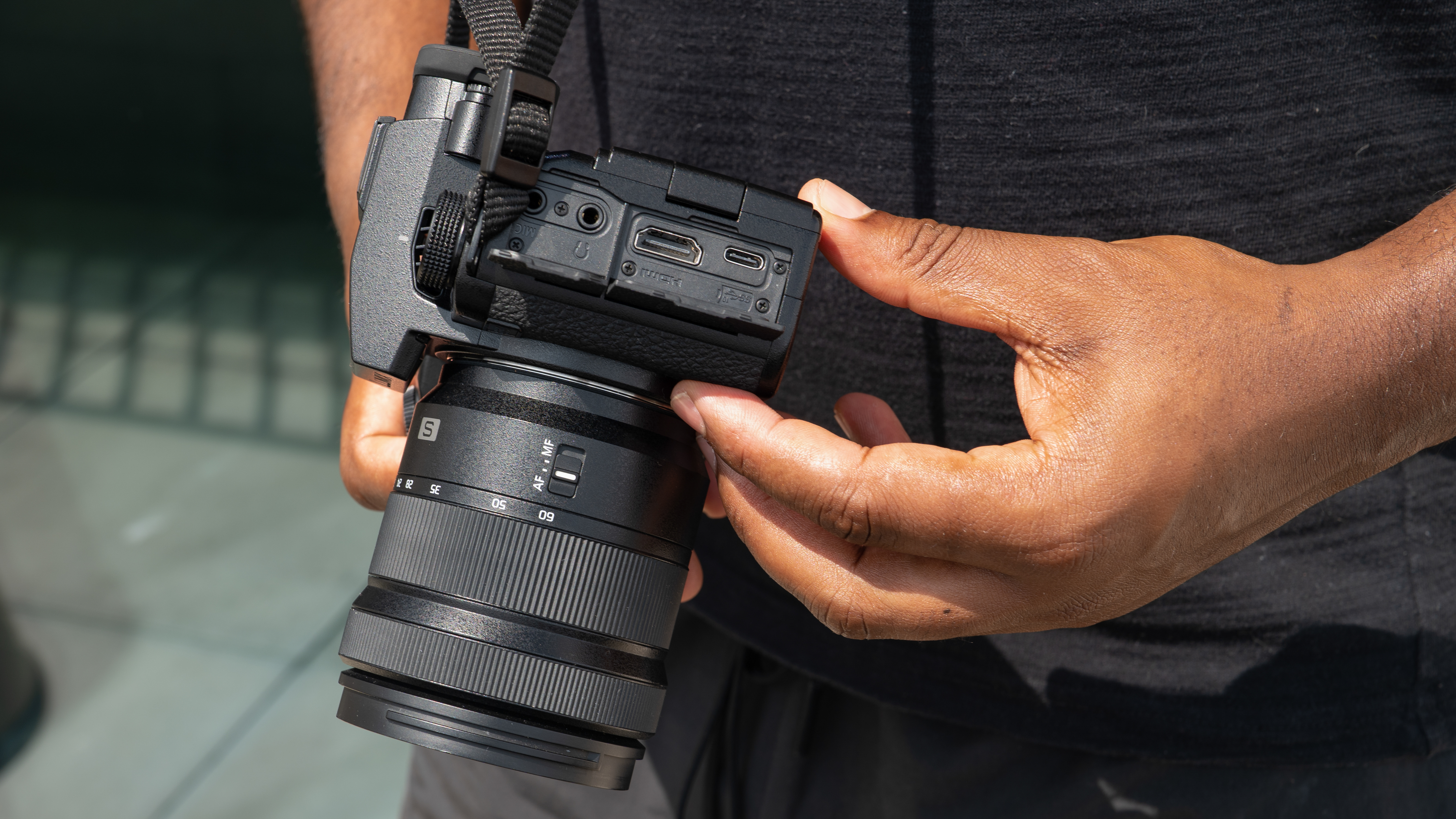
There is a lot of competition in this camera class and while the Lumix S5II may be the best overall value camera at the $2000/£2000 price point, the S5II X opens up some great use cases for a relatively small bump in price.
What’s most impressive here is that the S5II X doesn’t compromise S5II features to add extra video functionality, in fact, it added some features straight out of the box, including better AF and Live View Composite mode that only came to the S5II via firmware update.
If you’re a creator or a filmmaker who needs a top-tier hybrid camera that’s compact and can produce content that slips into professional workflows, without compromising on image quality, the Lumix S5II X makes a compelling case for itself. Even if RAW video capabilities wasn’t an immediate interest of mine, ALL-I compression, the ability to shoot directly to SSDs and streaming functionality would have been enough to tip the balance in its favor over its stablemate and the competition under $3000/£3000.
Best Panasonic cameras
Best L-mount lenses
Best full-frame mirrorless cameras
Best hybrid cameras







